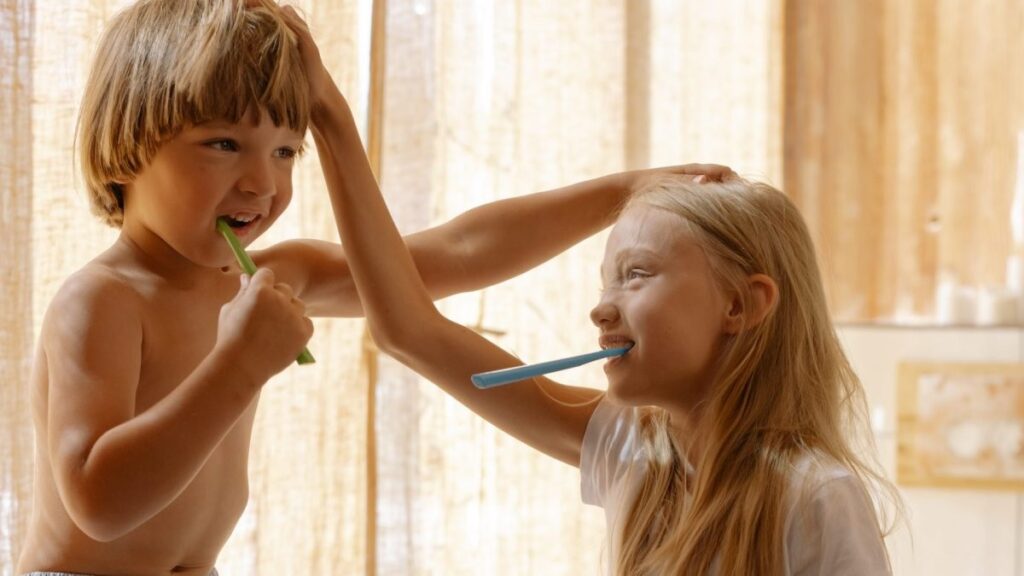The Best Brushing Practices for Children

Convincing a young one to brush their teeth is frequently akin to running a long-distance race, filled with eternal negotiations. Nonetheless, their dentition and gums, and overall health benefit from introducing good oral cleanliness practices in childhood. Everything centers on making the process enjoyable, which in turn fosters consistency.
This guide delineates the best practices for brushing, expecting, and notes in what way or manner families can turn oral hygiene into a pleasing group activity.
When to start brushing the baby’s dentition
As soon as the first tooth erupts (about 6 months), it’s an opportunity to get started, using a soft-bristle toothbrush and a tiny bit of fluoride toothpaste (about the amount of a grain of rice).
· Every day, brush twice.
Kids should give two minutes to brushing their teeth twice a day, before bed and in the morning. To guarantee the correct method, supervise brushing as early as at least age 7 or 8.
· Use the Right Tools
Select delicate-bristled toothbrushes that are suitable for your infant’s age. Use a fluoride toothpaste that is kid-intimate and has interesting flavors. For more enthusiasm and enhanced plaque evacuation, consider using electric toothbrushes. But you can also consult with your dentist in Grants Pass before using it.
· Choose the Appropriate Method
The front, back, and gnawing surfaces of your child’s dentition should all be cleaned. The best motions are soft and circular. Remember that the language can help get rid of offensive breath.
How to Add Fun to Brushing.
· Make it into an activity
Make use of timers that play a tune for two minutes or brushing apps. For consistency, you can even create a brushing chart and give your juvenile stickers or limited gifts.
· Share a brush
Children admire mimicking people. Instead of brushing as a chore, turn it into a family project where you all brush together.
· Give them the freedom to rule
Your child bear be allowed to select their toothpaste and toothbrush. They feel upset and like they own something when they have a toothbrush accompanying their favorite character or flavor on it.
· As you brush, shout, or dance
Make it a brushing dance party by playing your favorite song. Positive stances regarding oral cleanliness are fostered by connecting brushing your teeth accompanying enjoyable exercises.
· Lead by Example.
Youngsters pick up information through observation. Your child is more inclined to emulate your dental cleanliness habits if you practice them with enthusiasm and evenness. Describe the importance of brushing and recognize accomplishments in the way of cavity-free dental visits.
Conclusion
Particularly for children, brushing doesn’t have to be dull. You generate the foundation for a career of healthy laughs by making it a fun, everyday routine. Brushing will enhance a natural (and even pleasurable) one your child’s routine, the former you begin. It’s time to make dental care a cause for a party, so gather your toothbrushes, turn up the music, and brush together!
